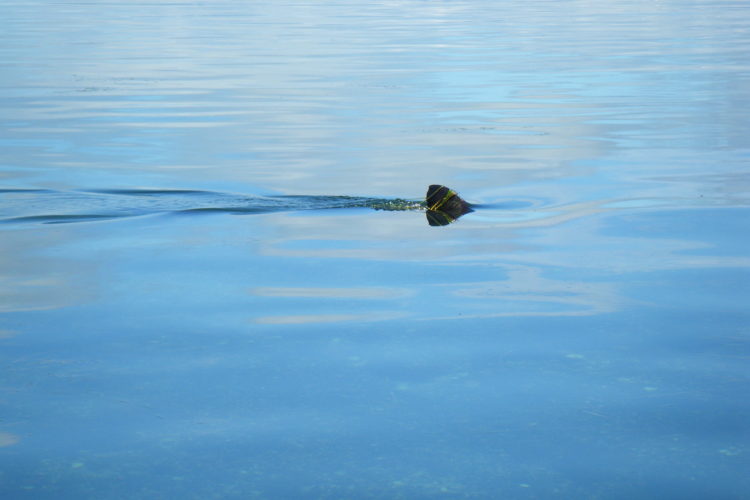We have much more to do and your continued support is needed now more than ever.
Sharks in the Parks
Seven places sightseeing sharks call home

From sea to shining sea, sharks can be found in the waters of our national parks, national monuments, and national wildlife refuges.
With over 500 species of sharks in the world, it’s no surprise that some sharks like to visit or live in our public waters. Check out some of the marvelous places these sightseeing sharks call home.
Izembek National Wildlife Refuge
Alaska

Along Alaska’s Aleutian chain—amid glaciers, volcanoes, and sprawling mountains—salmon sharks visit the waters of Kinzarof Lagoon in Izembek National Wildlife Refuge. These sharks have the ability to regulate their internal body temperature, allowing them to inhabit the colder waters of Alaska. Downstream from coastal brown bears, salmon sharks visiting Izembek can feast on five different species of salmon that fill the refuge’s waters in the late summer through fall.
Channel Islands National Park
California
This horn shark was spotted against the rocky ocean floor of Channel Islands National Park in California. The park’s rocky reefs, kelp forests, and deep submarine canyons are the perfect environment for the horn shark to crawl across the ocean floor. This small species (usually around 4 feet long) live a solitary life and primarily feed on small fish and invertebrates.
Virgin Islands National Park
St. John, Virgin Islands
Located in the tropical Atlantic, Virgin Islands National Park is encircled by mangroves, seagrass beds, and coral reefs. Young nurse sharks can be found among red mangrove roots, which provide crucial habitat for fish and lobsters—a perfect meal for hungry nurse sharks. Typically tan to dark brown in color, adult nurse sharks are covered in small black spots surrounded by a lighter area of pigmentation.
Pacific Remote Islands Marine National Monument
Central Pacific Ocean
The Pacific Remote Island Areas Marine National Monument protects one of the world’s most pristine tropical marine environments. Encompassing almost 500,000 square miles in the central Pacific, these undisturbed waters amongst oceanic atolls and reef islands benefit many species, including grey reef sharks. Grey reef sharks are daytime socialites, spending time together during the day before heading out on their own to hunt at nighttime.
Kaloko-Honokōhau National Historical Park
Hawaii
Tiger sharks, the second largest predatory shark in the world, can be seen in the crystal blue waters along Kaloko-Honokohau National Historical Park in Hawaii. Tiger sharks have a very expansive diet from coastal fish and invertebrates to sea turtles and even Hawaiian monk seals. They are known to look for food along the coast after a rainstorm when the murky ocean waters may contain inland fish that were swept into the ocean.
Flower Garden Banks National Marine Sanctuary
Northern Gulf of Mexico
This whale shark was seen in Flower Garden Banks National Marine Sanctuary in the Gulf of Mexico. During the summer months, this giant fish feeds on tiny plankton along the northern Gulf’s continental shelf. Whale sharks have over 3,000 tiny teeth, but they are not used for feeding—these sharks are filter feeders that opportunistically feed on plankton, krill, fish eggs, and small fish.
Cape Cod National Seashore
Massachusetts
Known for its jaws, the Atlantic great white shark can be found along the coastline of Cape Cod National Seashore. Seals are the major prey species for great white sharks, but both predator and prey populations were severely depleted by hunting and fishing until federal protections were put in place beginning in the 1970s. In recent summers, both seal and great white shark numbers have increased on the Cape.






















